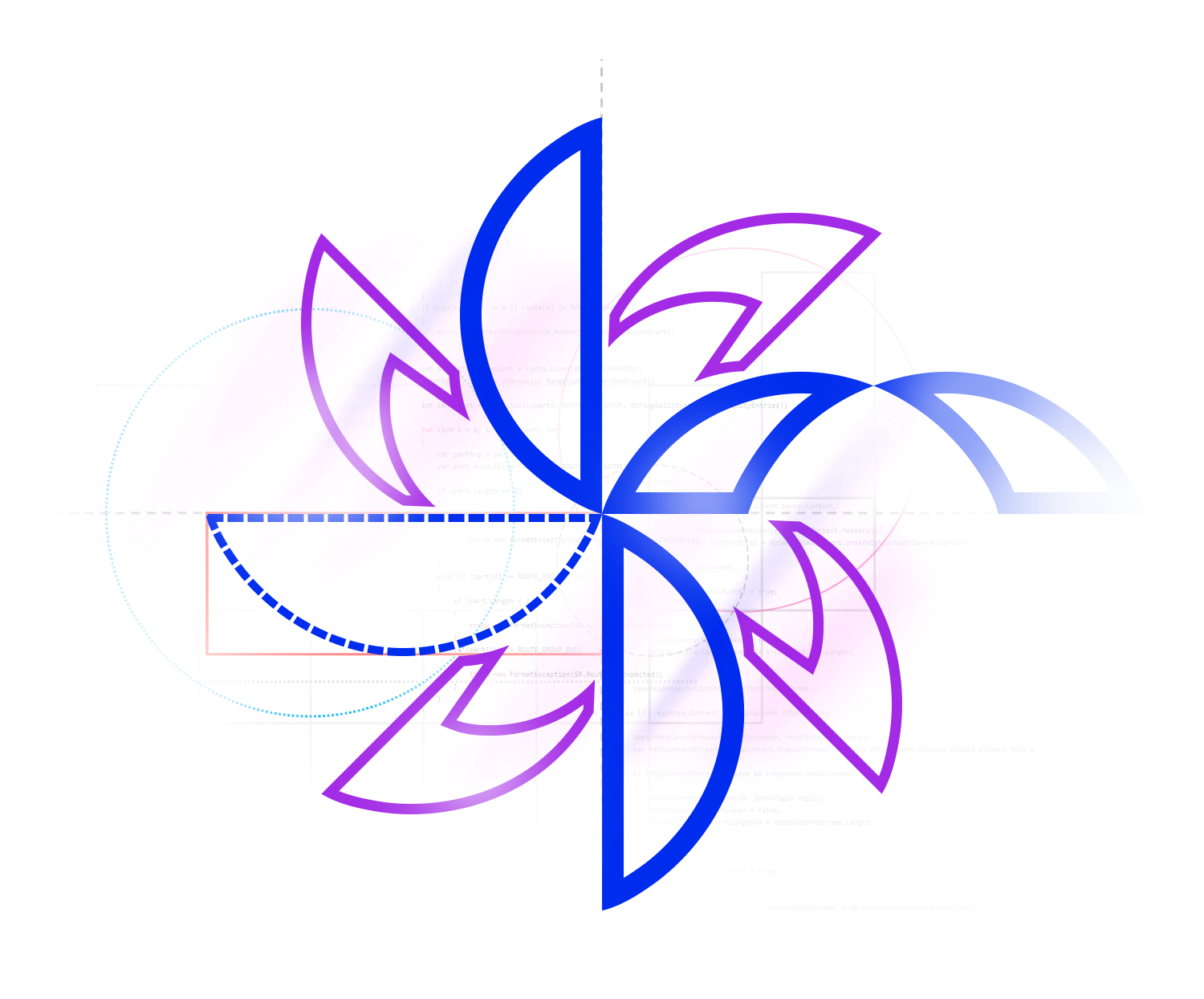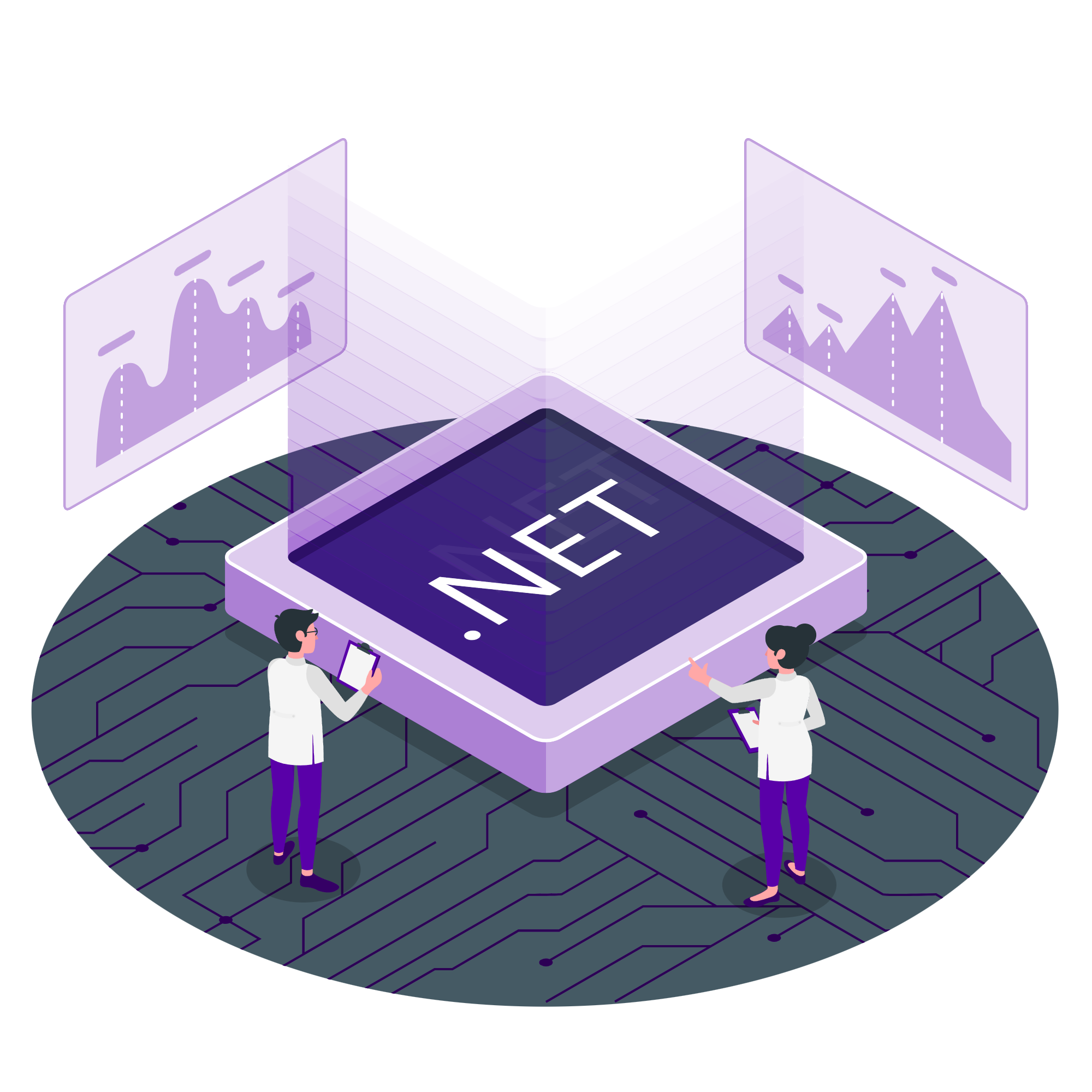Fast.
Robust.
Predictable.
Sisk is a lightweight web framework designed for fast and robust development, which allows you to take the full control of what you want to do.
Get started Contribute
using Sisk.Core.Http;
using Sisk.Core.Routing;
class Program
{
static void Main(string[] args)
{
using var app = HttpServer.CreateBuilder(port: 5555)
.UseRouter(r =>
{
r.MapGet("/", request =>
{
return new HttpResponse("Hello, world!");
});
})
.Build();
app.Start();
}
}
Robustness hidden in its simplicity.
Sisk allows you to create quick or large projects with as little code as possible, quickly, focused on enabling development your way.
With Sisk you can create:
Simple and robust development.
Sisk enables web development the way you want. Create MVC, MVVM, SOLID applications, or any other design pattern you're interested in.
- Lightweight: robust projects tested in small, low-cost, low-performance environments with good, stable results. The entire Sisk ecosystem is less than 500 KB in size!
- Open-source: the entire Sisk ecosystem is open source, and all the libraries and technologies we use are also open source. Sisk is entirely distributed under the MIT License, which allows commercial development.
- Sustainable: you are the one who makes the project, Sisk gives you the tools. Because it is open source, the community (including you) can maintain, fix bugs, and improve Sisk over time.


